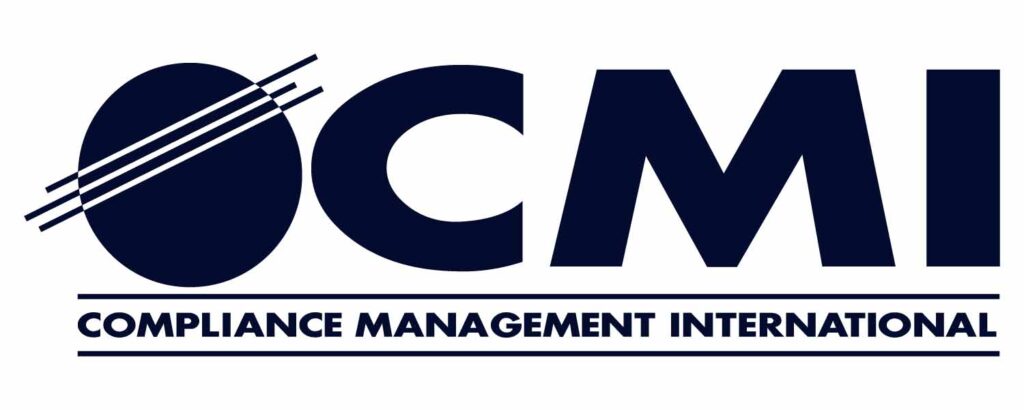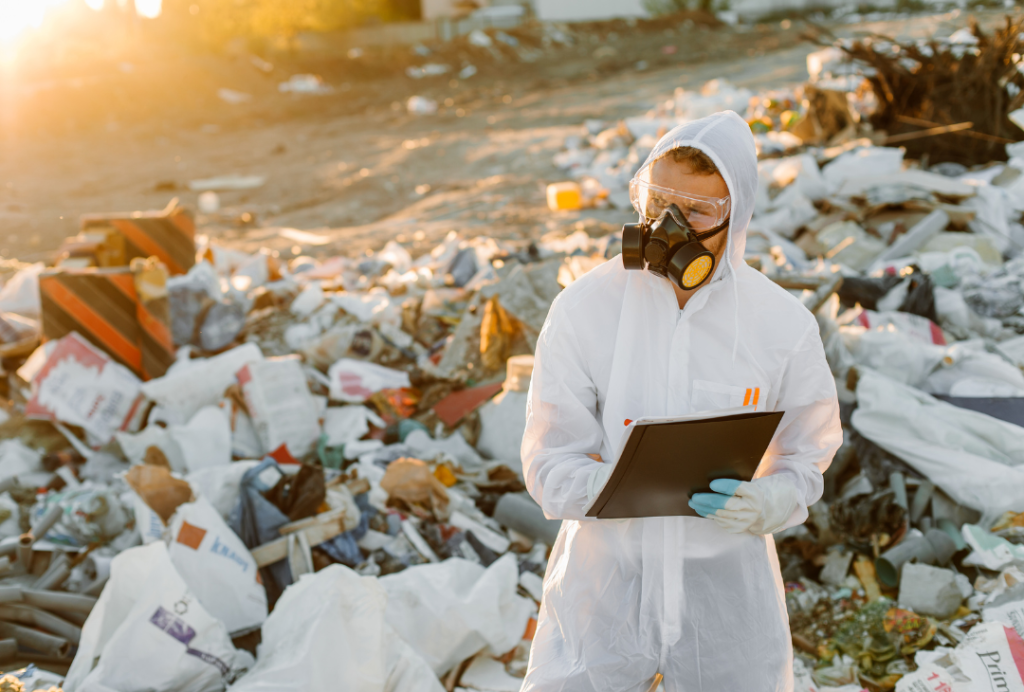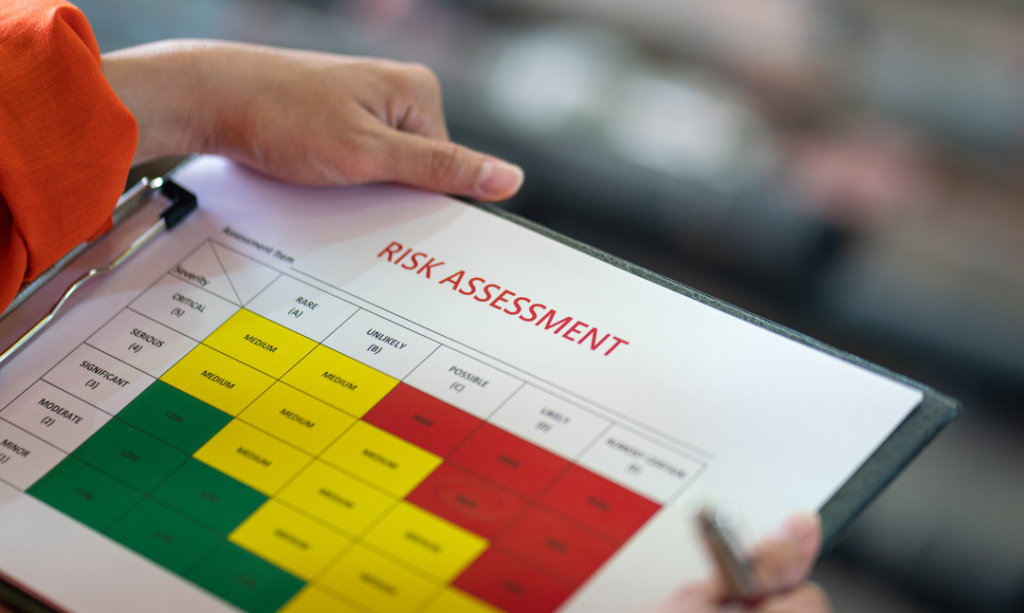Based on years of audit experience, the USEPA Toxic Release Inventory (TRI) Program is still one of the most difficult regulations for companies to achieve and maintain compliance. The TRI is a resource for communities to learn about toxic chemical releases and pollution prevention activities reported by neighboring industrial facilities. Even though this program has been in place since 1986, companies are found in violation and penalized significantly every year. So why is this such a difficult regulation to comply with?
To start, a company must determine if it is required to report using this a three-factor applicability tool:

While the applicability criteria does not appear difficult at first glance, questions 1 and 3 are more complicated than a simple yes or no.
- For question 1, determining the number of full-time employees is actually based on hours worked at a facility and includes personnel that support a facility such as part time employees.
- For question 3, there are over 800 chemicals and chemical categories that need to be evaluated. The facility first has to determine if it manufactures, processes, or otherwise uses those chemicals above a certain threshold. The threshold for most chemicals is 25,000 pounds per year if manufactured or processed and 10,000 pounds per year if otherwise used. However, additional consideration must be given to chemicals of special concern. These chemical reporting thresholds are significantly lower ranging from 0.1 to 100 pounds per year based on the hazards regardless of if they are manufactured, processed, or otherwise used. This process requires a deep dive into the sub ingredients of every hazardous chemical used or stored at the facility.
While the TRI program has a significant amount of guidance to help with the applicability evaluation, we still find many facilities are unaware of the program or that it applies to their operation. Some of the other common findings we see during our audits include:
- The facility has not completed a full analysis of applicability. The regulation requires that facilities maintain all supporting documentation showing how they made the determination of whether or not a threshold has been exceeded or not for each toxic chemical present onsite for three years. The facility does not determine their TRI chemicals are above the reporting threshold and maintain the calculations which are required as evidence.
- The facility has not reviewed changes in supplier Safety Data Sheets for materials. Many times, facilities will have multiple suppliers or change suppliers for the same material. However, the components of these chemicals can vary from supplier to supplier and this needs to be confirmed each year to ensure accurate calculations are made.
- Companies with multiple facilities producing the same products do not report the same TRI chemicals even though they are using the same materials.
- The facility missed the July 1 deadline.
Although it may be difficult to comply with the TRI program, it is possible with the right knowledge and resources. Our clients have successfully partnered with us to complete thousands of TRI evaluations and reports. The key to success is understanding the operations at a facility, the materials and ingredients in use, and planning in advance of the deadline. CMI recently conducted a webinar on “Ask the Expert: TRI Reporting”. Visit our website for a complimentary viewing and if you still have questions or need help with TRI compliance or reporting by July 1, please reach out to us.
Written by Kristian Witt, Vice President, Environmental Services



